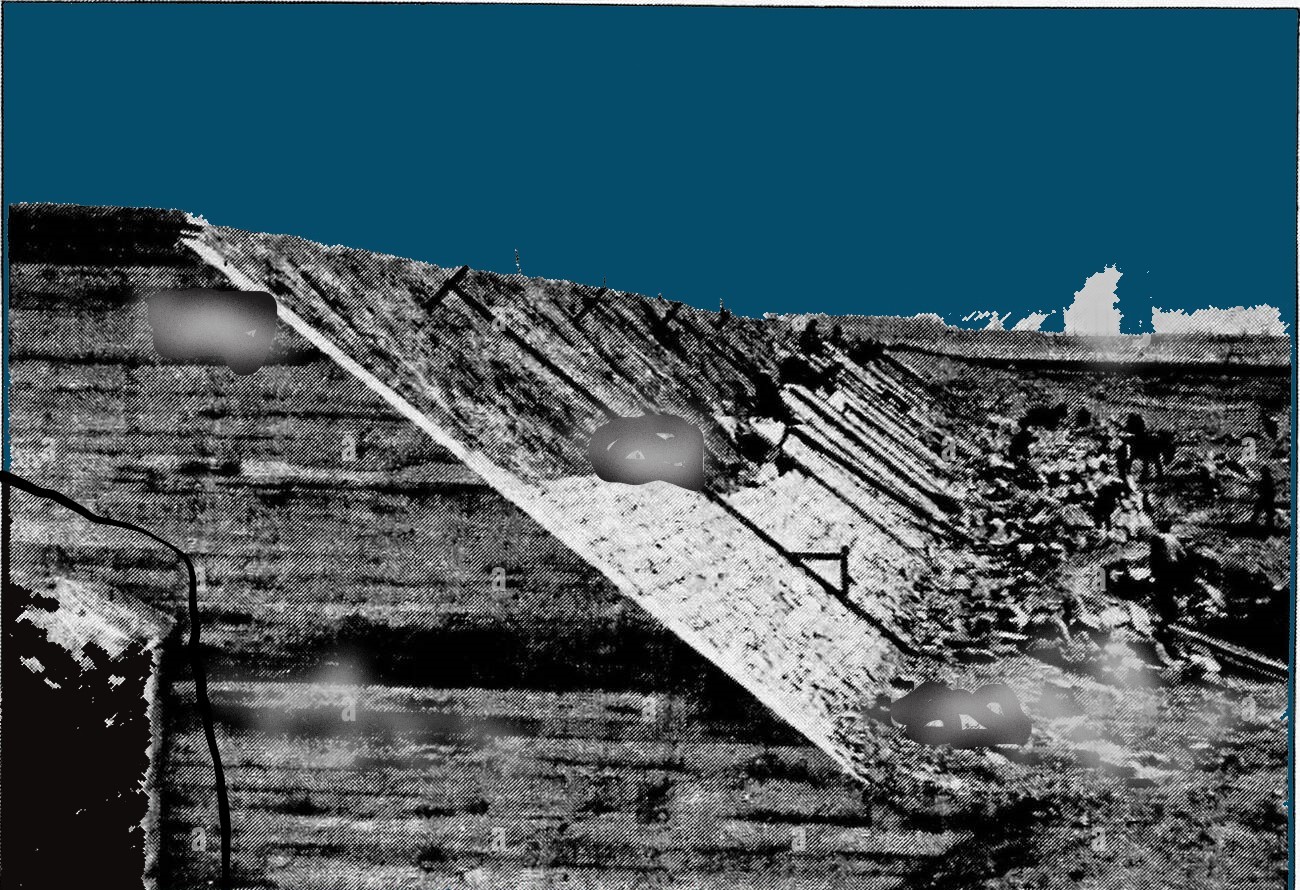a brief history of ooranye
14: the zinc era
[continued from 13: The Quonians]

The calm which fell upon Syoom with the end of the Quonian crisis, brought with it a sense of relief combined with a sudden awareness of how great a privilege and delight it was to be alive at this time. Vistas of glorious well-being suddenly stretched ahead, for, uniquely, the men and women of the Zinc Era knew the length that their era would last. It is a strange fact, but true: Era 30 is the only one of the great eras, the long ones, of which the inhabitants knew at the time what the duration would be. Here is not the place to list all the theories which have been thought up as to why this should be so. Let the fact suffice for now: right from the start, people were aware that Era 30 would total 30,853,745 U-days or 1,257 U-years. (This is a period equivalent to 105,591 Earth years.) No era so far, other than the Vanadium, has surpassed this length.
The Zinc can be compared with the Vanadium in that both were to some extent interludes in history. Neither of them were characterised by widespread quest and striving, as would have linked them to the big questions posed or answered by other eras. Thus, though full of action and adventure, both were spiritually peaceful.
On the other hand, the Zinc was clearly different from the Vanadium. Era 30 was much more mature than Era 23. You could not say of the Zinc, as you could of the Vanadium, that it was primarily a haven for swashbucklers – despite all the adventures which abounded in the Thirtieth as in all other eras of Uranian history.
What had made the Vanadium an interlude was its decline to a more childish level of consciousness. What made the Zinc an interlude was not so much a decline as a postponement. The period simply put off till later the search for greater understanding of the destiny of Man on Ooranye.
This relaxedness, this postponement, gives the Zinc Era its special charm, of contentment without complacency. You cannot accuse its people of shirking the ultimate quest, for they knew, and could not alter, the fact that they were in for a long stretch of stability before the next world-shake. Since there was nothing they could do about this, they could enjoy their glowing period guiltlessly.
One practical consequence of the awareness which the Zinc Era culture had of the length of time at its disposal, is that this is the period when most of the great monorails of Syoom were built. The stupendous building project was undertaken in full confidence, justified by the knowledge that history would allow it room for completion.
Everyone
has nen’s own favourite Golden Age of Syoom. Many would pick the Zinc Era. It lacks
the crudity of the Vanadium, the tension of the Phosphorus; it possesses some of
the serenity and mystery of the Argon and Cobalt Eras. And it has the special poignancy
of a long-deferred but certain end: the awareness of coming doom, at first far off,
over a thousand lifetimes away, then creeping gradually closer as the millions of
days wore on, while most folk were glad that they would never live to see the end,
and only a few impatient ones envied their successors.











































